Note: Images represent material available either in our warehouse or through our network of local suppliers.
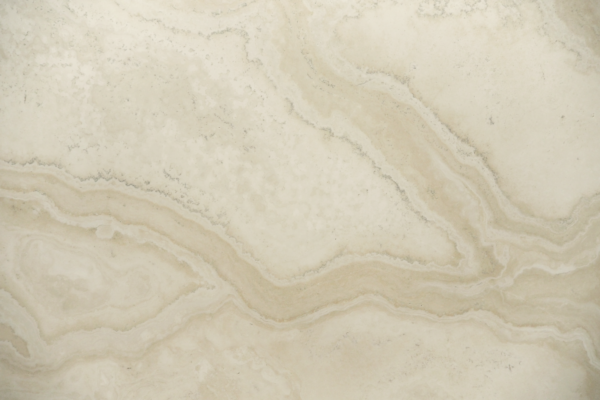
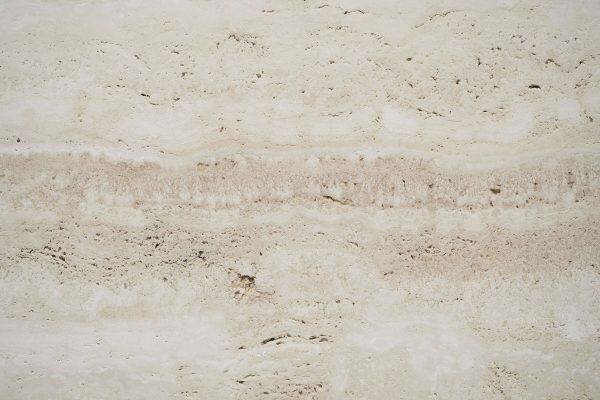
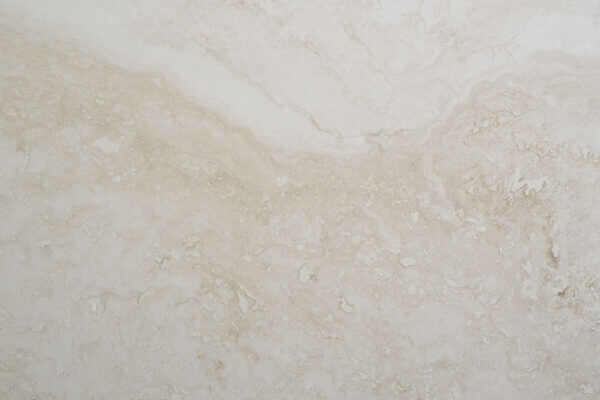
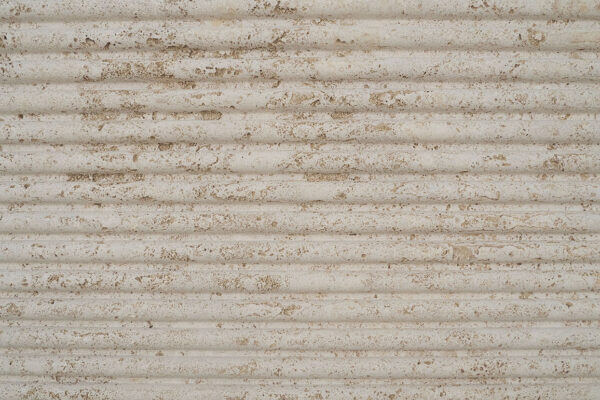
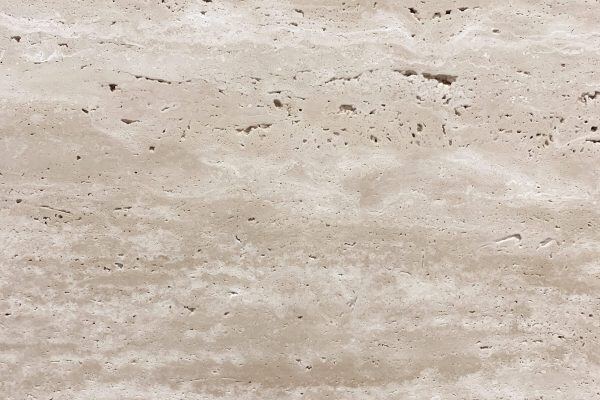
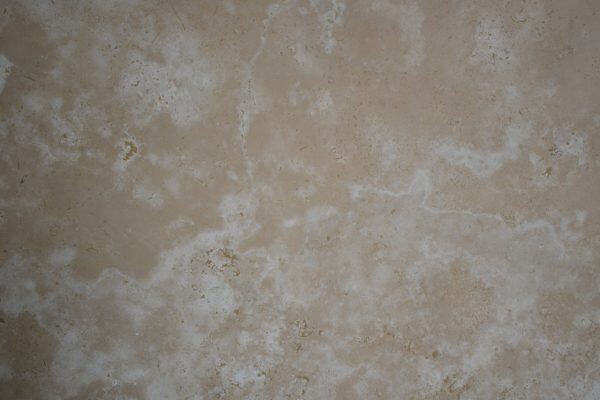
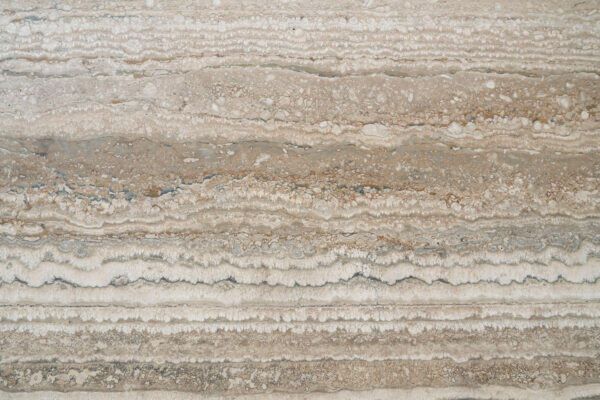
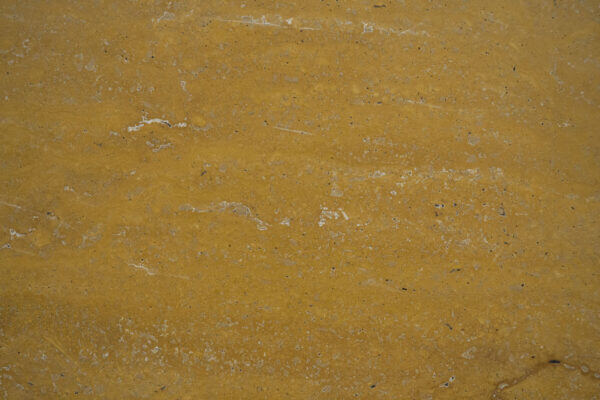

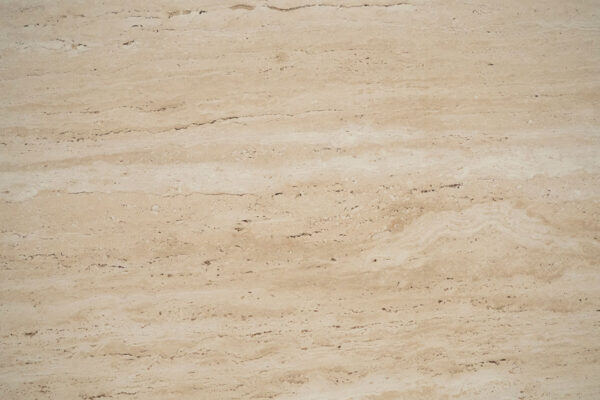
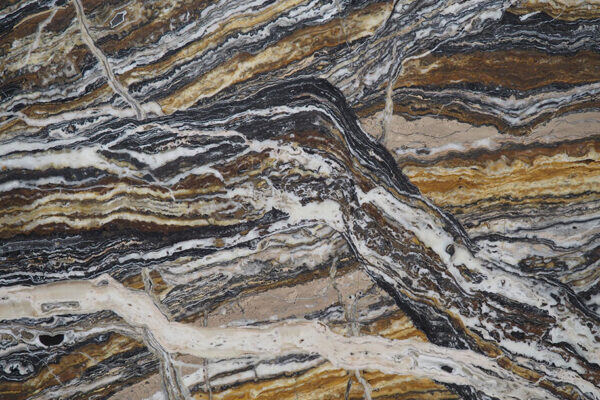
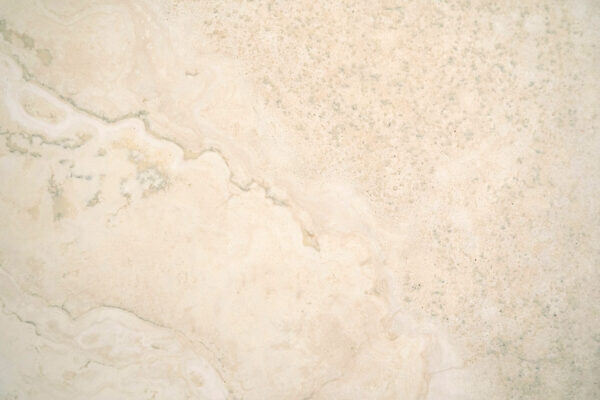
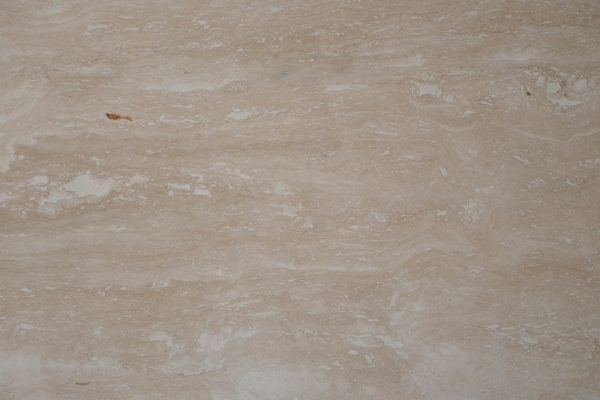
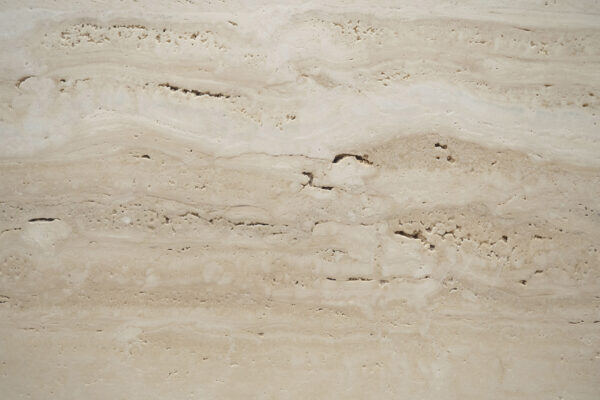

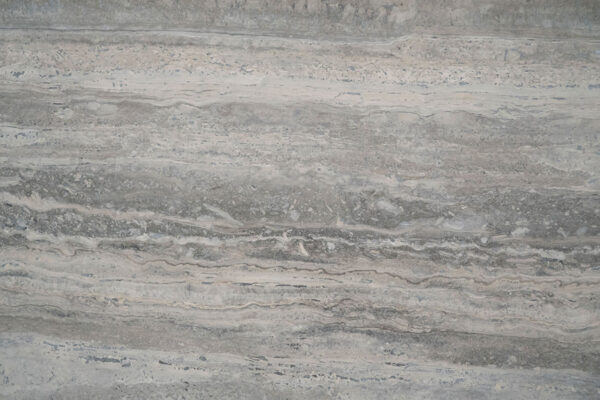
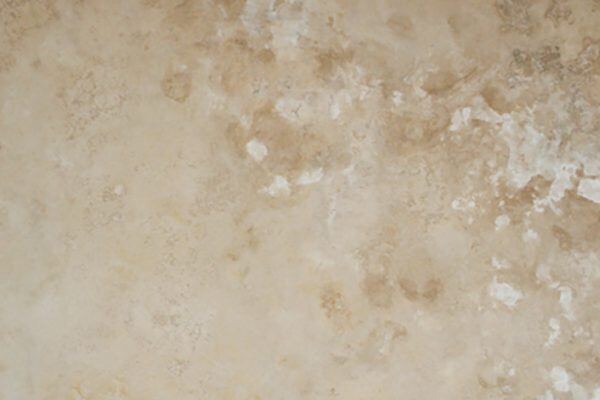
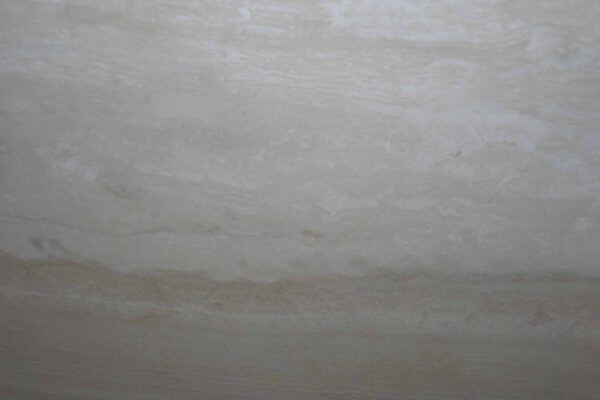
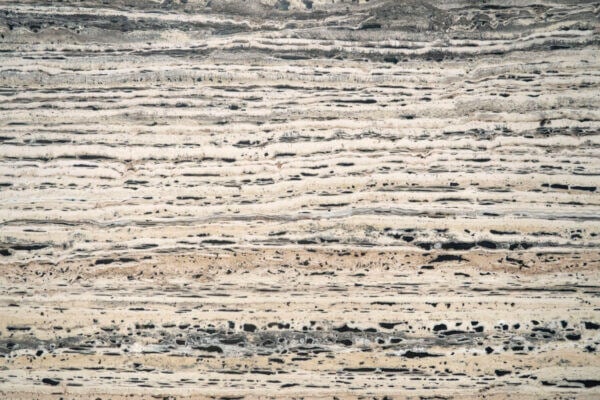
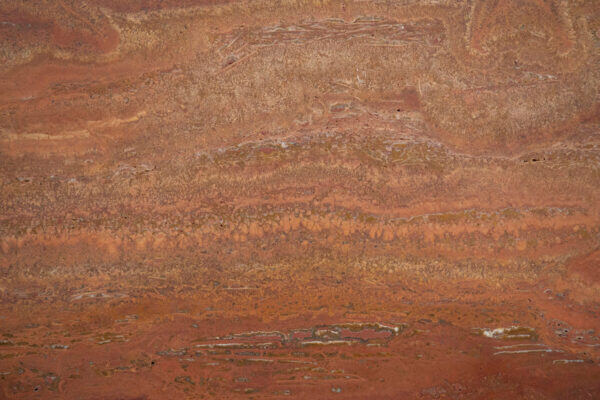
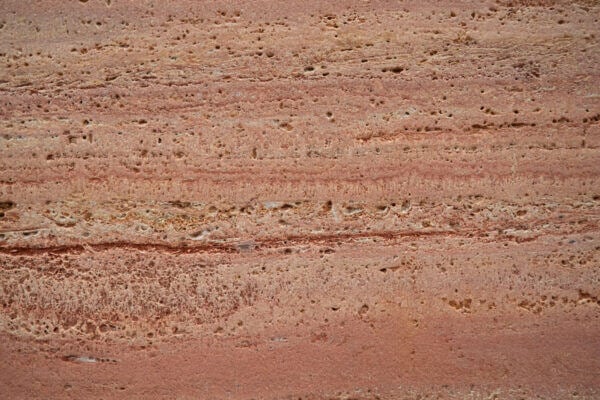
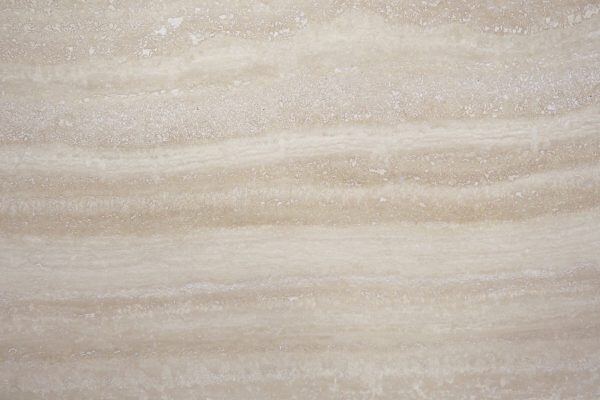
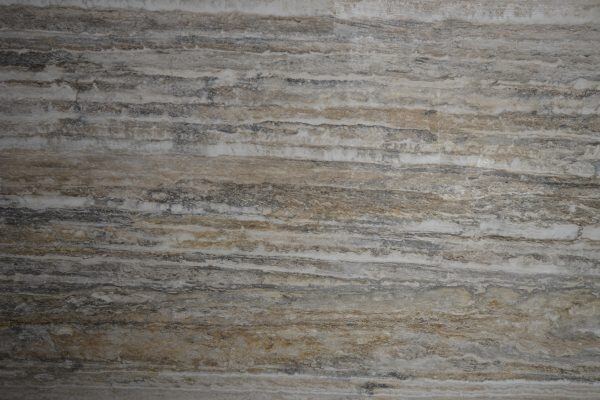
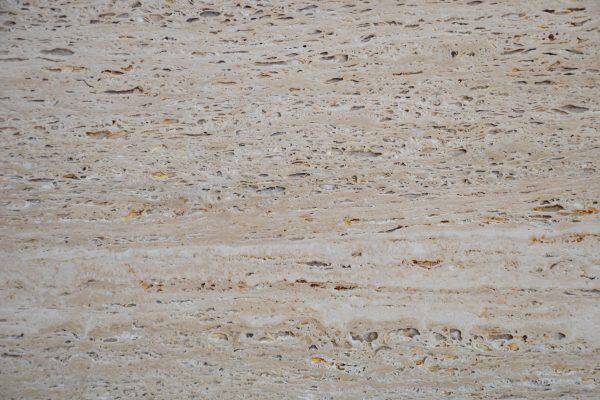



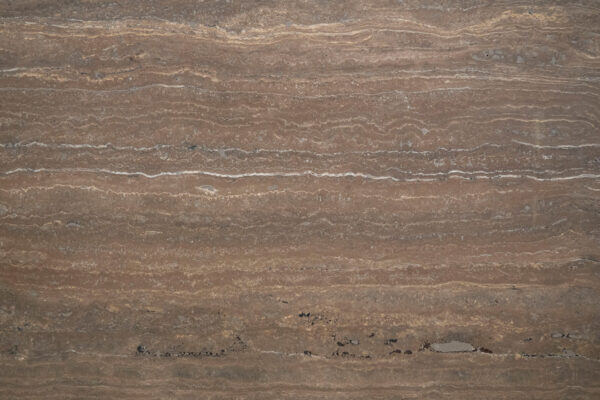

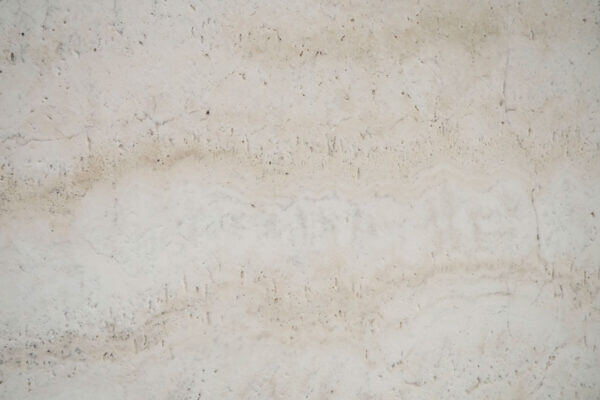
Travertine Countertops
(Granite Guy's Thoughts)
Travertine was a superstar in the early 2000s, gracing homes with its neutral, clean, and timeless appeal. It brought a natural elegance to floors and countertops, thanks to its subtle textures and warm tones. However, as homeowners began craving more durable and low-maintenance options, travertine has seen some competition from modern man-made materials like porcelain and quartz. These newer products mimic travertine's look but offer enhanced durability and easier maintenance. Still, there's something undeniably special about the natural beauty and history of travertine that keeps it a charming choice for those who appreciate its unique character!
Travertine Countertops: Timeless Warmth and Natural Character
Travertine is a classic natural stone celebrated for its warm, earthy tones and distinctive, porous texture. With a rich history dating back to ancient Rome, travertine continues to be a favored material in contemporary design for its timeless appeal and inherent beauty. Known for its unique veining and fossil remnants, this limestone variant exudes a rustic charm that can transform any space into a cozy, inviting haven.

The Key Benefits of Travertine
Travertine brngs numerous advantages to any design project:
- Natural Warmth: The soft, earthy hues of travertine - ranging from creamy ivory and beige to golden browns - create a warm, inviting atmosphere.
- Unique Texture: The porous nature of travertine gives it a distinct, tactile quality, often enhanced by natural pitting and veining.
- Versatility: Travertine works well in both traditional and modern settings. Its neutral palette allows it to complement a wide range of design styles.
- Timeless Appeal: With a rich historical legacy, travertine brings a sense of timeless sophistication to any space.
- Eco-Friendly: As a naturally occurring stone, travertine is an eco-friendly option with minimal processing required.
How Travertine is Formed
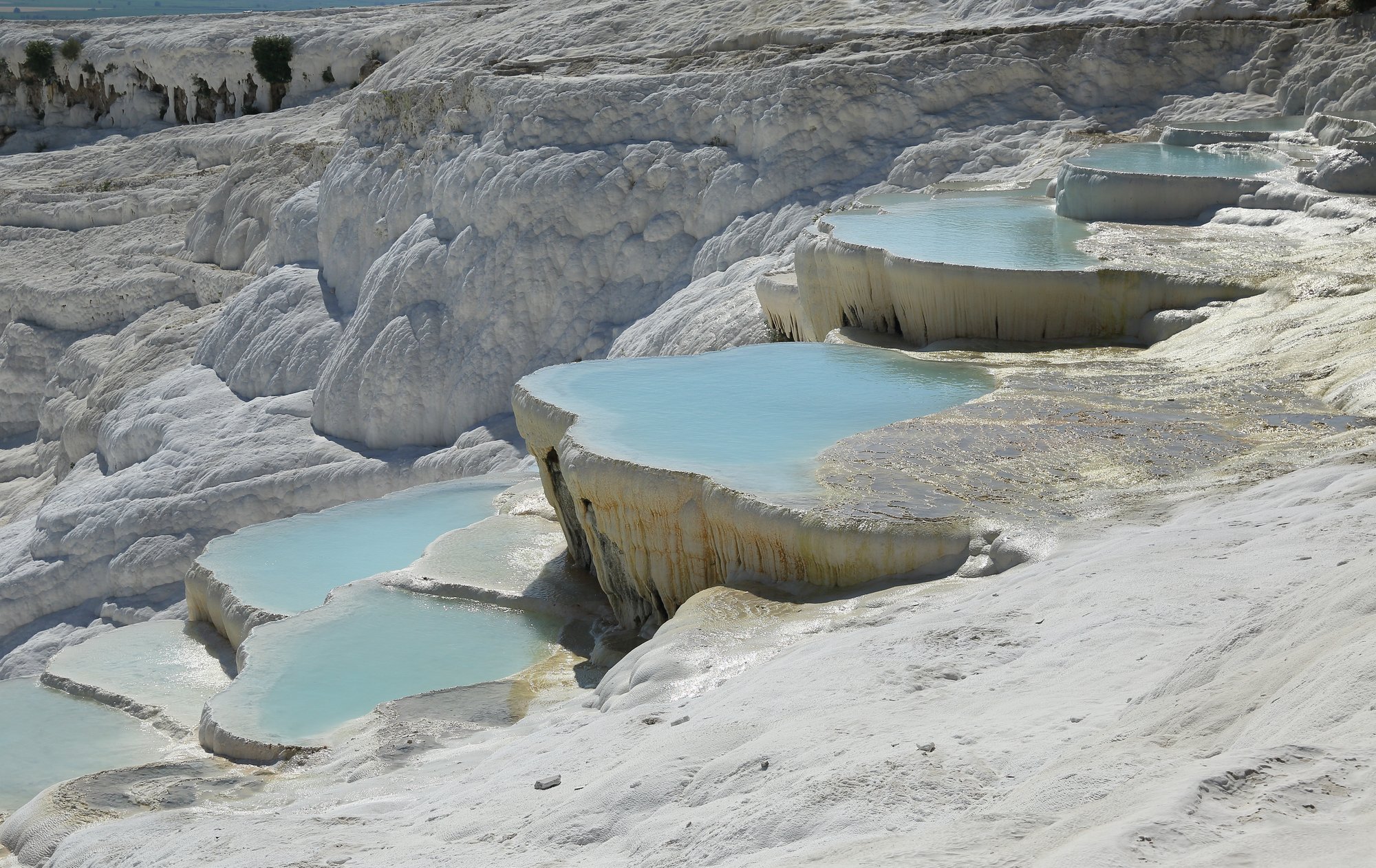
Travertine is a distinctive type of limestone formed through a captivating geological process involving the deposition of calcium carbonate from mineral-rich water. This formation typically occurs near hot springs or limestone caves, where waters abundant in minerals rise from beneath the earth's surface. As this mineral-rich water evaporates, it deposits layers of calcium carbonate, gradually creating travertine. This slow and intricate process often encapsulates fossilized remnants of ancient organisms, imprinting each slab with distinctive patterns and textures. One of travertine’s most striking characteristics is its porous nature—small voids and pores permeate the stone, contributing significantly to its unique appearance and tactile quality. Furthermore, natural variations in factors such as water temperature, mineral concentration, and water flow rate result in an array of colors, textures, and densities, ensuring that no two pieces of travertine are ever identical.
Types and Options for Travertine
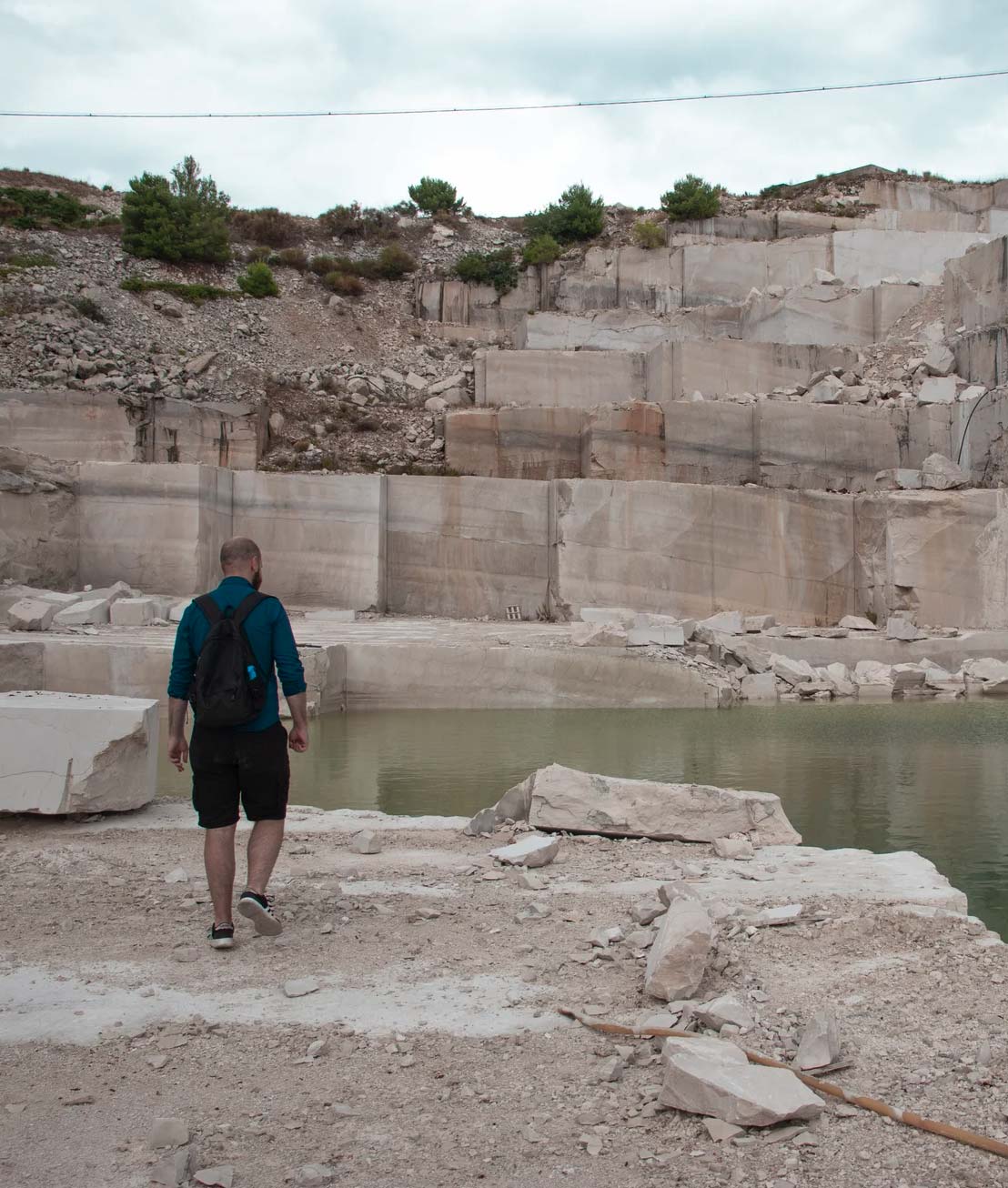
There are several varieties of Travertine available for interior design applications, each offering its own visual signature:
Travertine is available in a variety of finishes and colors, catering to different design needs:
-
- Polished Travertine: With a smooth, glossy surface, polished travertine exudes a refined elegance suitable for formal interiors.
- Honed Travertine: A honed finish provides a more natural, matte appearance that emphasizes the stone’s texture and pitting.
- Tumbled Travertine: Tumbled travertine has a weathered, antiqued look with rounded edges and a slightly rustic feel, ideal for achieving an old-world charm.
- Color Variations: Travertine is available in several shades—from light cream and ivory to rich gold and brown—allowing designers to select the perfect tone to complement their space.
Comparisons with Other Materials

Travertine vs. Marble:
While marble is prized for its luxurious, smooth appearance, travertine’s more textured, natural look conveys warmth and character. Marble is less porous and more consistent, whereas travertine’s natural pits and voids are a part of its charm.

Travertine vs. Granite:
Travertine vs. Granite: Granite is highly durable and resistant to scratches, making it ideal for heavy-use areas. Travertine, though softer and more porous, brings a unique, organic feel that granite cannot replicate.

Travertine vs. Quartz:
Travertine vs. Granite: Granite is highly durable and resistant to scratches, making it ideal for heavy-use areas. Travertine, though softer and more porous, brings a unique, organic feel that granite cannot replicate.

Travertine vs. Soapstone
Travertine vs. Soapstone: Soapstone is smooth and dark, exuding a modern yet rustic feel. Travertine, with its light hues and natural voids, provides a distinctly Mediterranean or classical look.

Travertine vs. Quartzite
Travertine vs. Quartzite: Travertine and quartzite are both popular natural stones but differ significantly in durability and appearance. Travertine offers a warm, textured look, ideal for creating cozy, rustic environments. Quartzite, on the other hand, is significantly harder and more durable, featuring a sleek appearance and varied patterns that often mimic marble.
Cost Comparison
Travertine’s cost can vary based on factors like quality, finish, and origin. In general, it’s moderately priced—often more affordable than high-end materials like marble, quartzite or granite—making it a smart option for budget-conscious projects. While installation may involve additional steps due to its porous nature and the need for sealing, overall costs still remain competitive. With the right care, travertine can last for decades, offering long-term value both in appearance and performance.
Why Travertine Has Become Popular
Travertine’s enduring popularity can be attributed to its timeless beauty and versatility:
- Historical Legacy: With roots in ancient Roman architecture—where travertine was used in iconic structures like the Colosseum—this stone carries an inherent sense of history and grandeur.
- Natural Aesthetics: Its warm, earthy palette and natural texture evoke a sense of nature and comfort, making it highly appealing in residential and commercial settings.
- Customization: Travertine can be finished in various ways to achieve a look that ranges from ultra-modern to classically rustic, ensuring it fits diverse design schemes.
- Affordability: In many cases, travertine offers an affordable alternative to more expensive natural stones without compromising on beauty.
- Eco-Friendly Attributes: As a naturally deposited material that requires minimal processing, travertine appeals to environmentally conscious consumers.
How Travertine is Used in the Home
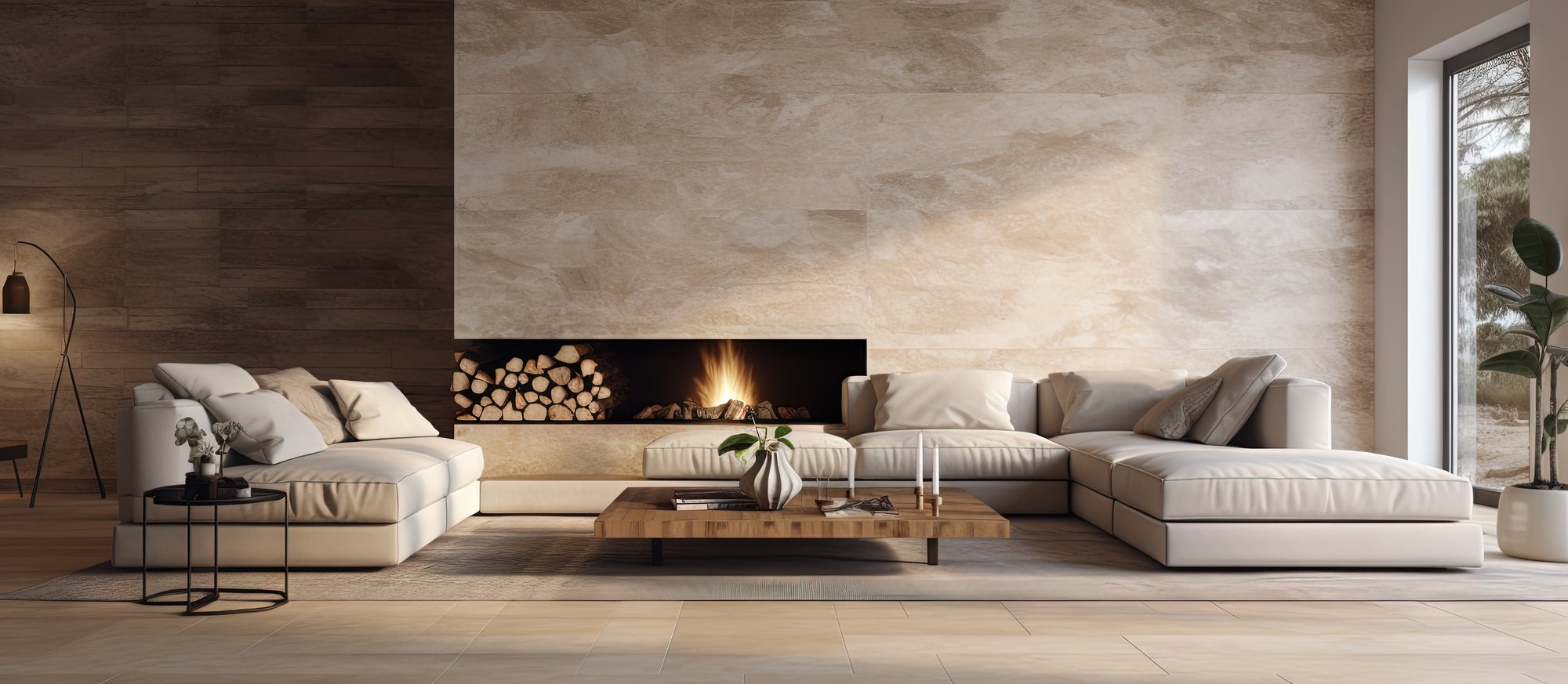
Travertine is one of the most versatile natural stones available for interior design:
- Kitchen Countertops: Although it requires sealing and careful maintenance, travertine is used in kitchen islands and countertops to create a warm, inviting atmosphere.
- Bathroom Vanities: Its natural beauty and moisture resistance (with proper sealing) make travertine ideal for bathroom surfaces, including vanities and shower surrounds.
- Flooring: Travertine tiles are popular in living rooms, entryways, and outdoor patios. The stone’s natural variation and durability provide a timeless, elegant floor.
- Wall Cladding: Whether in kitchens, bathrooms, or entryways, travertine wall cladding adds texture and a sense of continuity throughout a space.
- Fireplace Surrounds: Travertine’s warm hues complement the glow of a fire, making it a popular choice for fireplace surrounds and hearths.
- Outdoor Applications: With proper sealing, travertine can also be used in outdoor kitchens, patios, and pool areas, where its natural, slip-resistant texture is highly valued.
Care and Maintenance of Travertine Countertops
Maintaining travertine surfaces is essential to preserve their natural beauty:
- Sealing: Due to its porous nature, travertine should be sealed periodically to protect against stains, moisture, and bacteria.
- Gentle Cleaning: Use pH-neutral cleaners and avoid acidic or abrasive substances that could etch or damage the stone.
- Regular Maintenance: Wipe up spills immediately to prevent staining. Regular cleaning with a soft cloth and mild detergent helps maintain its appearance.
- Refinishing: Over time, travertine may require professional refinishing to restore its original luster and repair any wear or damage.
- Preventive Measures: Use cutting boards, trivets, and coasters to minimize scratches and exposure to harsh substances.
Transform Your Home with Onyx
Travertine remains a beloved choice for those seeking a blend of natural warmth, historical character, and versatile design. Its unique texture, rich history, and varied finish options enable designers to create spaces that are both timeless and welcoming. Whether used for kitchen countertops, bathroom vanities, or flooring, travertine imparts a sense of understated luxury and comfort. With careful maintenance and periodic sealing, this enduring natural stone continues to be a cost-effective, attractive option for a wide range of home applications.





